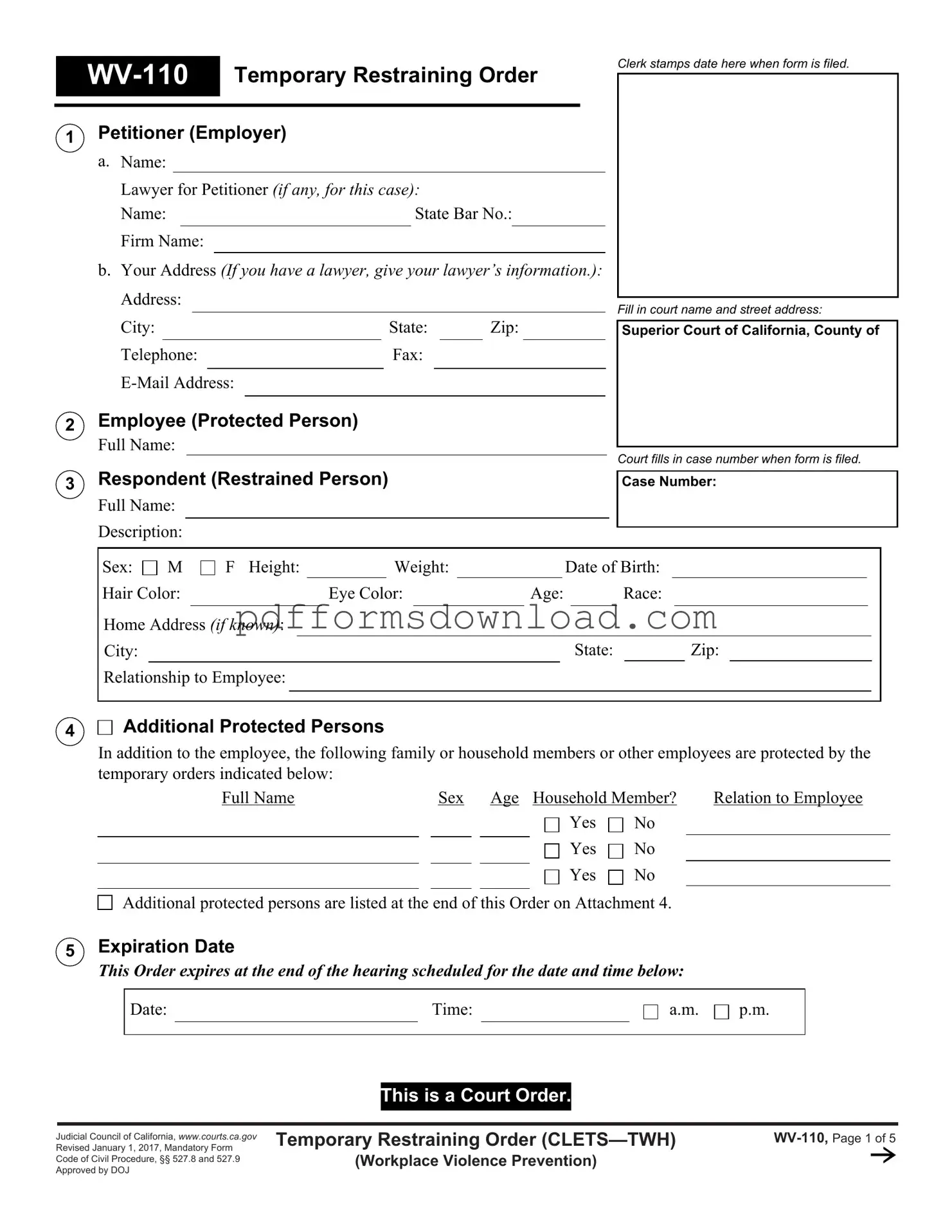What is a Fake Restraining Order form?
A Fake Restraining Order form is a document that appears to be an official restraining order but is not legally valid. It may be used in attempts to intimidate or harass someone. Using such a form can lead to serious legal consequences, including criminal charges.
What are the consequences of using a Fake Restraining Order?
Using a Fake Restraining Order can result in criminal charges, including fraud or harassment. If caught, the person who created or used the fake order could face fines, jail time, or both. It’s important to understand that the legal system takes these matters seriously.
How can I identify a Fake Restraining Order?
To identify a Fake Restraining Order, look for inconsistencies in the formatting, missing signatures, or incorrect court information. Official documents usually have a court seal and a case number. If in doubt, it’s best to verify with the court that issued the order.
What should I do if I receive a Fake Restraining Order?
If you receive a Fake Restraining Order, do not comply with its terms. Instead, contact law enforcement or a legal professional immediately. They can help you understand your rights and the steps to take to protect yourself.
Can a Fake Restraining Order affect my legal standing?
Yes, a Fake Restraining Order can impact your legal standing. If you are falsely accused or if someone uses a fake order against you, it can lead to complications in legal matters. It’s crucial to address the situation promptly with the help of a lawyer.
What actions can I take if someone files a Fake Restraining Order against me?
If someone files a Fake Restraining Order against you, gather evidence to prove its falsity. This may include witness statements or documentation that contradicts the claims made in the order. Consult with a legal professional to explore your options for contesting the order in court.
Is there a way to report a Fake Restraining Order?
Yes, you can report a Fake Restraining Order to law enforcement. Provide them with all relevant information and documentation. They will investigate the matter and take appropriate action against the individual who filed the fake order.
